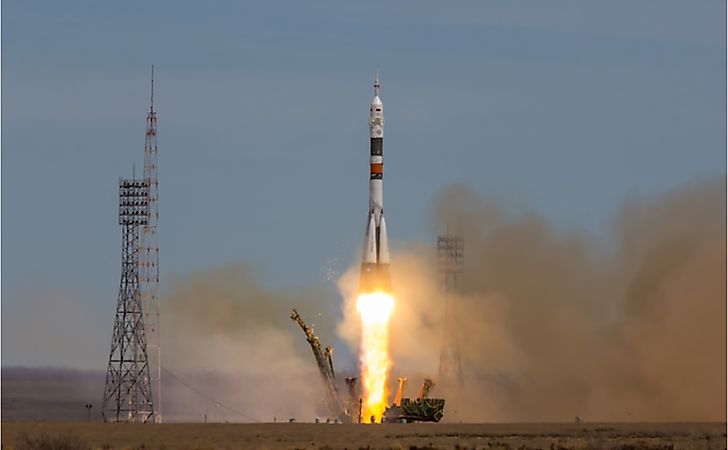Your Cart is Empty
Learn about Kazakhstan - the country with the beautiful blue flag with the golden sun and Eagle
In 1936, Kazakhstan was established as the Kazakh Soviet Socialist Republic with the Soviet Union. Kazakhstan was the last of the Soviet republics to declare independence during the dissolution of the Soviet Union from 1988-1991.
1. Kazakhstan is home to about 120 ethnic groups and nationalities
2. Kazakhstan Is The World's Largest Landlocked Country -
Kazakhstan occupies an area of 2,724,900 square km in Central Asia. The country is completely landlocked meaning it has no direct access to the sea. It borders China, Russia, Turkmenistan, Uzbekistan, and Kyrgyzstan.
3. Nearly All Elements Of The Mendeleev Periodic Table Found In Kazakhstan -
Kazakhstan has incredible natural wealth. 99 elements mentioned in the Mendeleev Periodic Table are found in the country. Not all have been exploited so far. Kazakhstan has the world's second-largest reserves of lead, zinc, chromium, and uranium. It also ranks in the top ten in the world for coal, iron, copper, manganese, and gold. Kazakhstan also has an abundance of petroleum and natural gas, the 11th largest proven reserve globally.
4. Kazakhstan Is A Transcontinental Nation -
Kazakhstan is one of the few transcontinental countries the world. Although the country's culture and geographic features are dominated by its location in Central Asia, a small part of the country extends into Europe. The Atyrau and West Kazakhstan provinces of Kazakhstan extends on either side of the Ural River. Less than a million of the estimated 15 million people of Kazakhstan live on the European side.
5. Wild Apples Are Found In Kazakhstan -
The wild apple tree from where the modern-day cultivated apples were derived, originated in Central Asia. Kazakhstan still has forests where wild apple trees, the Malus sieversii, grow. Bears who eat the fruit of these trees are responsible for their dispersal through their droppings.
Sleep hollow is a medical term used to describe a disease that causes people to sleep for days or weeks at a time. In March 2013, the disease was reported in Kalachi, a remote village in Kazakhstan, and killed 152 people. It disappeared for some time before reappearing once again in mid-2015. The disease does not cause people to sleep peacefully, but enter a state of hallucination accompanied by vomiting, nausea, and disorientation. The affected people complained of always feeling sleepy and their normal lives were severely affected. Even animals were not spared. Investigations have revealed that leakage of toxic gases from nearby mining sites could be responsible for the lethal symptoms of sleep hollow.
7. Landlocked But With A Navy -
Although Kazakhstan is a landlocked nation, it still has a navy. The Kazakh Naval Forces operate on the Caspian Sea, a massive inland sea that is technically a lake as it is not connected to the ocean. The KNF is around 3,000 personnel strong and operates using around 14 inshore patrol crafts.
Last, not not least..
8. The World's Biggest And Oldest Space Launch Facility Is In Kazakhstan -

The Baikonur Cosmodrome in southern Kazakhstan is a spaceport leased to Russia. It is located in the desert steppe landscape of Baikonur near the Aral Sea. The Soviet Union built this spaceport in the 1950s as the base for the Soviet space program operations. Both Vostok 1, the first human spaceflight, and Sputnik 1, the first artificial satellite, were launched from this site



